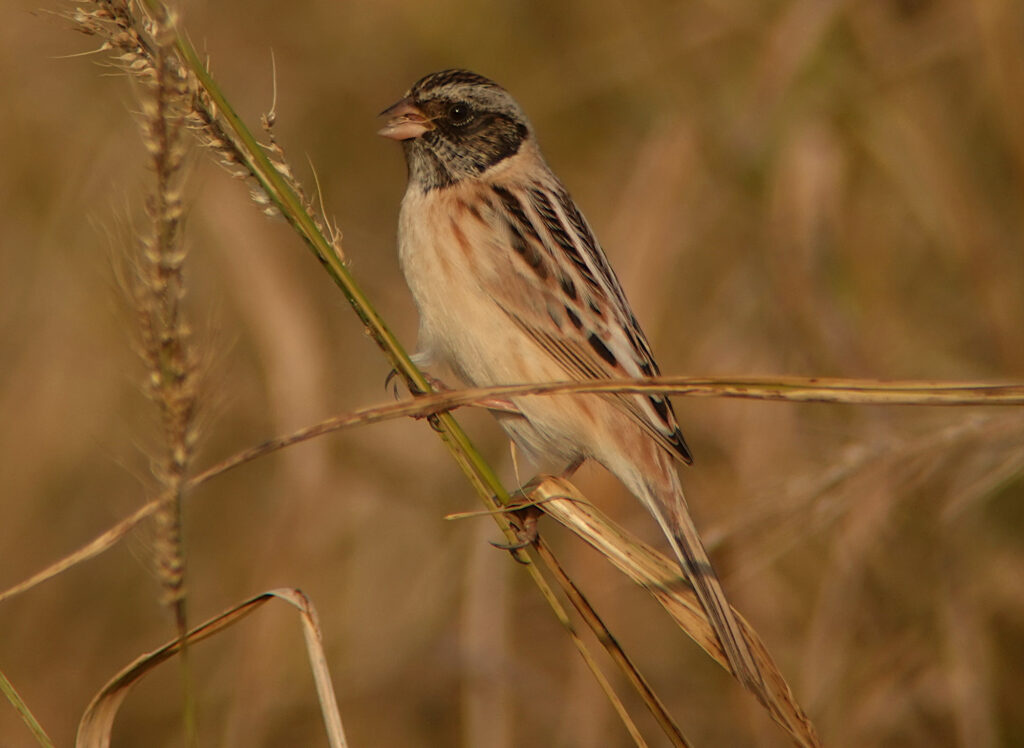Bird News from Nial Moores
Alternating between days of desk work and fieldwork, two weeks at Korea’s top migration hotspot of Baengnyeong Island (as it is increasingly spelt in official documents) yielded at least 137 species. Highlights included a Greater Spotted Eagle on 15th; a Saker Falcon on 17th, a Eurasian Collared Dove on 18th (presumably the first island record); two Swan Geese on 25th at least, when an island high count of 332 Stejneger’s Scoter was also made; and a male (?) Black-throated Thrush on 28th. In total depending on which checklist you follow, between 375 and 380 species have now been logged on this island since 2013.


Weather on most dates was not ideal for diversity or numbers, being effectively dry throughout, and largely clear with generally northerly winds (on 3-4 dates reaching Beaufort 6 or 7). Temperatures fluctuated strongly, with an unseasonably cold low of 3C and a high of 10C on the 21st following the passage of an exceptionally vigorous cold trough, before recovering back up to a rather warm high of 18C on 28th (with these high temperatures even provoking singing from several bunting species, and more exceptionally from a Mugimaki Flycatcher – my first time to hear any flycatcher sing in autumn). As a result of these conditions, visible migration was rather subdued most days, with a maximum day count for example of only 75 Olive-backed Pipit (far short of the thousands sometimes recorded here); and no storks and few raptors seen. On the plus side, the conditions resulted in a steady build up of buntings on the island, with species like Pine, Tristram’s, Yellow-browed, Chestnut, Little, Pallas’s Reed and Ochre-rumped Buntings apparently remaining for several days in favored habitat patches, rather than for only a few hours.











There was only one day with very large-scale movement, the 28th, when approximately 8,000 small birds headed north out of Jinchon in four hours, before turning west over the sea. The vast majority of these were Rustic Bunting (a conservative minimum estimate of 5,000 for the day), with much smaller numbers of Brambling, Eurasian Siskin and Yellow-throated Bunting, and a light sprinkling of other “smalls” including a Common Starling, 3 Chinese Grosbeak and six Siberian Accentor.
Species mix and abundance on Baengnyeong in autumn tends to be a fairly good indicator of the winter to come in the rest of the ROK, with irruptions on the mainland of finches, accentors and thrushes usually preceded by exceptional numbers on the island. If the same is true this year, then based on the last two weeks it seems the winter will perhaps be a poor one for Naumann’s Thrush and Hawfinch, but a reasonable one for Brambling (peak count of 2,500 on 17th) and Siberian Accentor.



